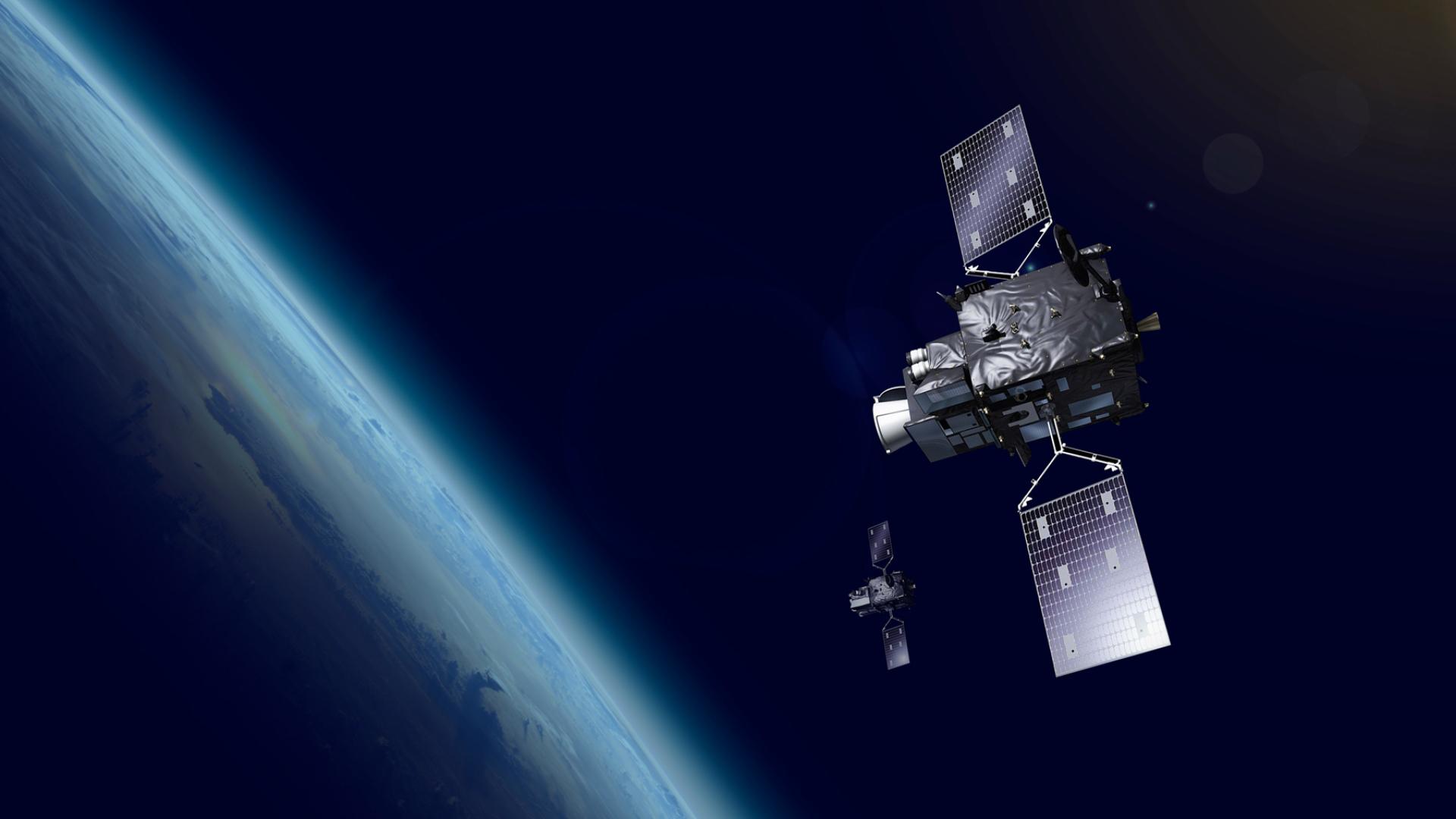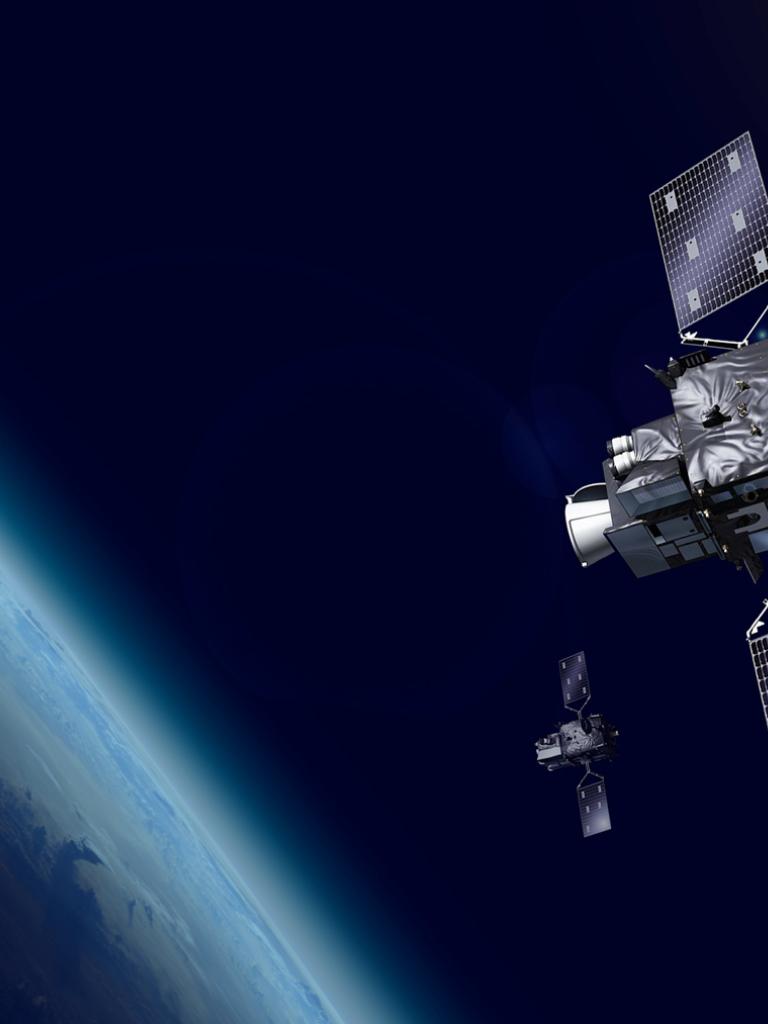Long-serving European weather satellite safely moved to the “graveyard orbit”
EUMETSAT moves Meteosat-8 to the “graveyard orbit”

How to keep the Meteosat Third Generation - Imager 1 out of harm’s way


To comprehensively monitor any objects that might come near the path of the Meteosat satellites, including MTG-I1, the flight dynamics team responsible for geosynchronous satellites combines information from three different services.
Space-Track, operated by the United States Space Command, uses telescopes located across the globe to detect, track, identify, and catalogue pieces of space debris in and around the geosynchronous orbit that are 40 centimetres in diameter or larger. If this system identifies that one of these objects will come within 5 kilometres of MTG-I1 within the following five days, EUMETSAT receives a notification.
“If you think about two things that are 5 kilometers apart, you probably imagine they are relatively far away from each other. And you would be right. But as precise as the measurements we use to determine the orbit of space objects are, there is still a small degree of uncertainty in their position. And with the satellites we operate, there is an even smaller degree of uncertainty. So it is important for us to keep an eye on objects that are projected to pass even as far as 5 kilometres away from MTG-I1,” said Pessina.
EUMETSAT also relies on the European Union Space Surveillance and Tracking system, a European initiative that monitors space debris in a similar way to Space-Track. In addition, the Space Data Association provides EUMETSAT with information not only about space debris but about active satellites as well, which helps EUMETSAT to coordinate routine manoeuvres and collision avoidance manoeuvres with other satellite operators.
“If the object we risk a collision with is another manoeuvrable satellite, then we need to sort out which of the two spacecraft gets out of the way. This is because if both satellite operators were to implement the same avoidance manoeuvre, we would still risk a collision – just somewhere else,” said Pessina.
If a EUMETSAT spacecraft controller receives a warning that an object is estimated to pass MTG-I1 at a distance of 5 kilometres or less within the following five days, he or she would inform the flight dynamics team responsible for geosynchronous satellites, who would use the object’s database identifier to retrieve its details.
If the object is a defunct satellite, the history would reveal who launched the satellite, when it was launched, who operated it, as well as its orbit, shape, and mass. If the object is a piece of a satellite – coming from an explosion or a collision – its shape and mass might be unknown. Or, if the object is related to an unidentified or classified satellite, there may not be more information about it, other than its orbit.
Pessina’s team would then use the available information about this object to compute its risk of colliding with MTG-I1.
“Each satellite is not dealt with as its actual three dimensional shape – for example, as a cube or a cylinder. Instead, we treat each object involved in a conjunction as an ellipsoid. This means that we increase their actual volume to take into account the uncertainty in our knowledge of the position of the satellite,” said Pessina.
“We don’t only check the distance between the two objects, but also the risk that the volume of one ellipsoid enters the volume of the other ellipsoid. This way, we can be as certain as possible that MTG-I1 will be safe.”

Pessina’s team then closely monitors MTG-I1 and the object in question in order to determine how the risk will evolve before the closest approach is reached. There are three criteria the team considers. The first is if the object is predicted to approach MTG-I1 at a distance of less than 1 kilometre in one direction. The second is if the object is predicted to approach the satellite at a distance of less than half a kilometre another direction, one that can be more precisely measured. The third is if the two ellipsoids are predicted to intrude into each other beyond the acceptable limits.
Ideally, this monitoring and risk evaluation would reveal that no collision avoidance manoeuvre is necessary. But in the case that a collision avoidance manoeuvre is necessary, Pessina’s team would then get to work planning the optimal one.
A possible manoeuvre could involve speeding up or slowing down MTG-I1, which travels towards the east at the same rate that the Earth rotates, or moving it towards or away from the Earth. By considering how much time there is until the two objects are predicted to approach each other, the team can plan a new manoeuvre or move up an already-planned routine manoeuvre.
“We then simulate what the new orbit of the satellite will be if we actually do this manoeuvre to assess how successfully it will reduce the risk of collision. We send this planned manoeuvre for another screening against the three space debris databases we use in order to verify that doing this manoeuvre will not make the situation worse with respect to other space debris.
“Then, we bring our plan to spacecraft operations management, who approves it. After that, we coordinate with various teams as well as the spacecraft controllers working in the control room, who will be the ones to actually send the commands to the satellite. And finally, we go ahead and carry out the manoeuvre.
“This is how we will keep MTG-I1 safe from collisions for its lifetime, which could last 10 years or even longer. Thanks to judicious handling, EUMETSAT managed to operate Meteosat-8, a satellite from the second generation of Meteosat spacecraft, for 20 years – 12½ years longer than expected. And when the time eventually comes to stop using MTG-I1, we will manoeuvre the satellite out of the geostationary ring to make sure it never interferes with the other spacecraft there, in accordance with international standards on space debris mitigation.”
Sarah Puschmann